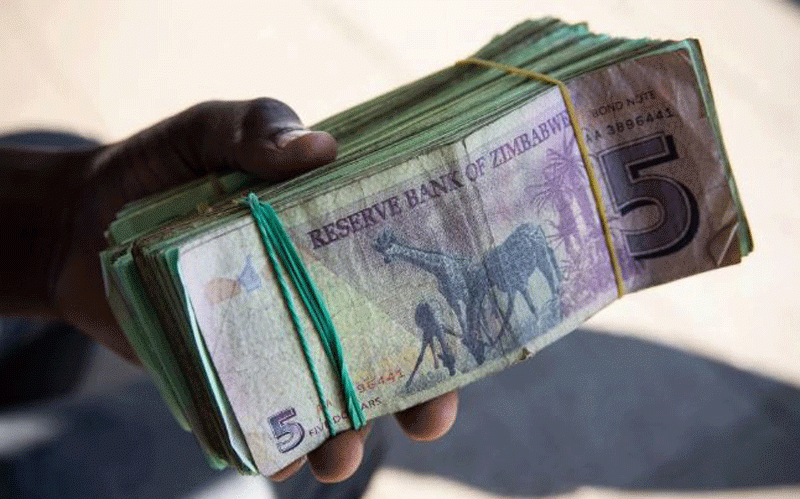
FOR the first time since its inception, the Zimdollar has sustained a positive trajectory against the United States Dollar (US$) for over a month. At an exchange rate of ZW$4,521.07 on the Willing-Buyer Willing-Seller (WBWS) market, the local unit is 52% firmer against the US$ on a month-on-month basis as at the 25th of July, 2023. On the parallel and the auction market, the Zimdollar firmed by 34% and 45% respectively over the duration.
As the month-end is nigh, the Zimdollar has appreciated by 27% against the US$ on the WBWS, 31% on the parallel market and 33% on the auction market on a month-to-date basis. The appreciation of the Zimdollar was necessitated by a number of measures introduced by the Ministry of Finance and the Central Bank in May this year.
These measures include the introduction of the Dutch Auction market which prioritized the highest bidders, the floatation of the WBWS exchange rate, the mopping up of liquidity in the economy, being the main factors among other measures. However, this trend has mildly reshaped the economic terrain in the country and has raised concerns on the present and future prospects of the macro-economy.
The economic impact of a sudden appreciation of a weak currency against a hard currency can be both beneficial and detrimental, depending on the economic structure and foreign trade dynamics. One of the immediate effects of a sudden currency appreciation is the decrease in import costs. As the weak currency gains value against a hard currency, it becomes cheaper to import goods and services from countries using the strong currency. This can lead to a decline in the prices of imported goods, potentially boosting domestic consumption.
This justifies the sustained demand levels of products on the shelves despite tightened liquidity in the economy. Increased use of the greenback has also aided in sustaining demand of goods while evening the flow of imports. Businesses that heavily rely on imported inputs or raw materials can see a reduction in their production costs, which might enable them to offer competitive prices or increase profit margins. However, while companies may possible report a strong positive financial performance in the third quarter of the year, the overall outlook is set-off by the negative currency trajectory recorded in May and June following the pronouncement of new Monetary Policy measures that have lately been hailed.
The Zimdollar lost -59% in May and -55% in June as a result of the measures, and this is yet to be corrected by the recent currency appreciation. Therefore, a clearer overall performance will rely on sustainability of the current currency status quo, a highly disputed phenomenon.
Nevertheless, the sudden appreciation of the Zimdollar has also come with several prospective challenges. One of the primary concerns is the impact on exports. If our exported goods and services become more expensive compared to the foreign competitors, it may hinder our ability to penetrate foreign markets, potentially limiting growth prospects and overall profitability. However, this is only a negligible concern given the timelines and magnitude of the Zimdollar appreciation.
Looking ahead, a continued appreciation of the Zimdollarover a long-term can have mixed economic consequences heavily skewed in the negative.
- Mayhem as schools reject Zimdollar fees
- Forex demand continues to fall
- USD fees: Govt policy failure hurting parents
- Platinum miners reject BNC refinery
Keep Reading
To ensure leverage on the export market as well as counter any plausible negative impacts that may be induced by the recent sudden appreciation of the Zimdollar, the government ought to strive for exchange rate stability as opposed to currency appreciation.
This can be achieved through policy measures, the monetary and fiscal, as well as monitoring the BOP and production levels in a bid to innovate ways of encouraging more foreign participation on domestic turfs. More foreign participation will mean increased demand for the Zimdollar, which will strengthen the currency’s outlook on the global stage and not just a locally recognized appreciation against hard currencies.
- Duma is a financial analyst and accountant at Equity Axis, a leading media and financial research firm in Zimbabwe. — twdumah@gmail.com or tinashed@equityaxis.com, Twitter: TWDuma_






